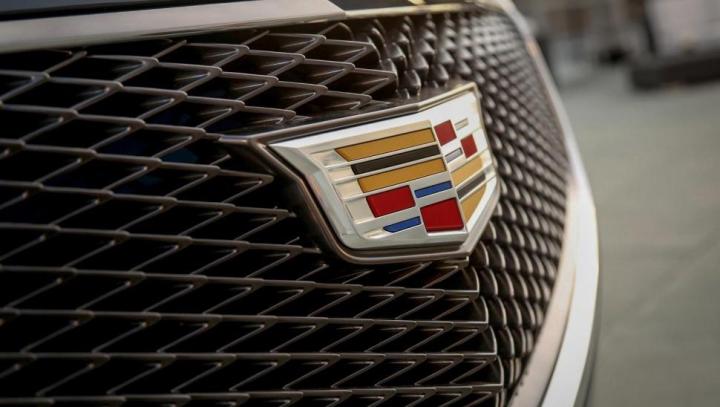
It looks like Cadillac not only wants to make its upcoming CT6 flagship luxurious and stylish, but green as well.
Automotive News (sub. required) reports that Cadillac is developing a plug-in hybrid version, and aiming for at least 70 mpg.
General Motors could be talking about a best-case-scenario highway rating, but anything even close to that would be pretty impressive for a big, heavy luxury sedan.
Well, not that heavy, actually.
The CT6 will reportedly be 8 inches longer than a CTS, but 53 pounds lighter. The weight savings will come from a body structure made from aluminum and high-strength steel. GM says the CT6 will also use 20 percent fewer parts than other cars its size.
Related: Cadillac moves its headquarters from Detroit to New York City
The plug-in powertrain wasn’t discussed in detail, but a turbocharged six-cylinder engine producing around 400 horsepower was mentioned. That probably means the CT6 will get the 3.6-liter twin-turbo V6 currently available on the CTS and XTS Vsport models.
That engine will feature a start-stop system, and will be mated to an eight-speed automatic transmission, perhaps the one that debuted recently on the 2015 Chevrolet Corvette Stingray.
The V6 will presumably be teamed with an electric motor for added power as well as efficiency. Don’t rule out a traditional V8 powertrain either.
Cadillac’s plug-in hybrid will compete with the 2015 Mercedes-Benz S550 plug-in, which goes on sale next year. It may also give Tesla buyers something to ponder.
The CT6 will also kick off Cadillac’s new naming scheme when it debuts at the 2015 New York Auto Show next April.
It will be built in Detroit, and is expected to go on sale in the fourth quarter of 2015.


